Get started with monotype printing
Transform your sketches with this printmaking technique.
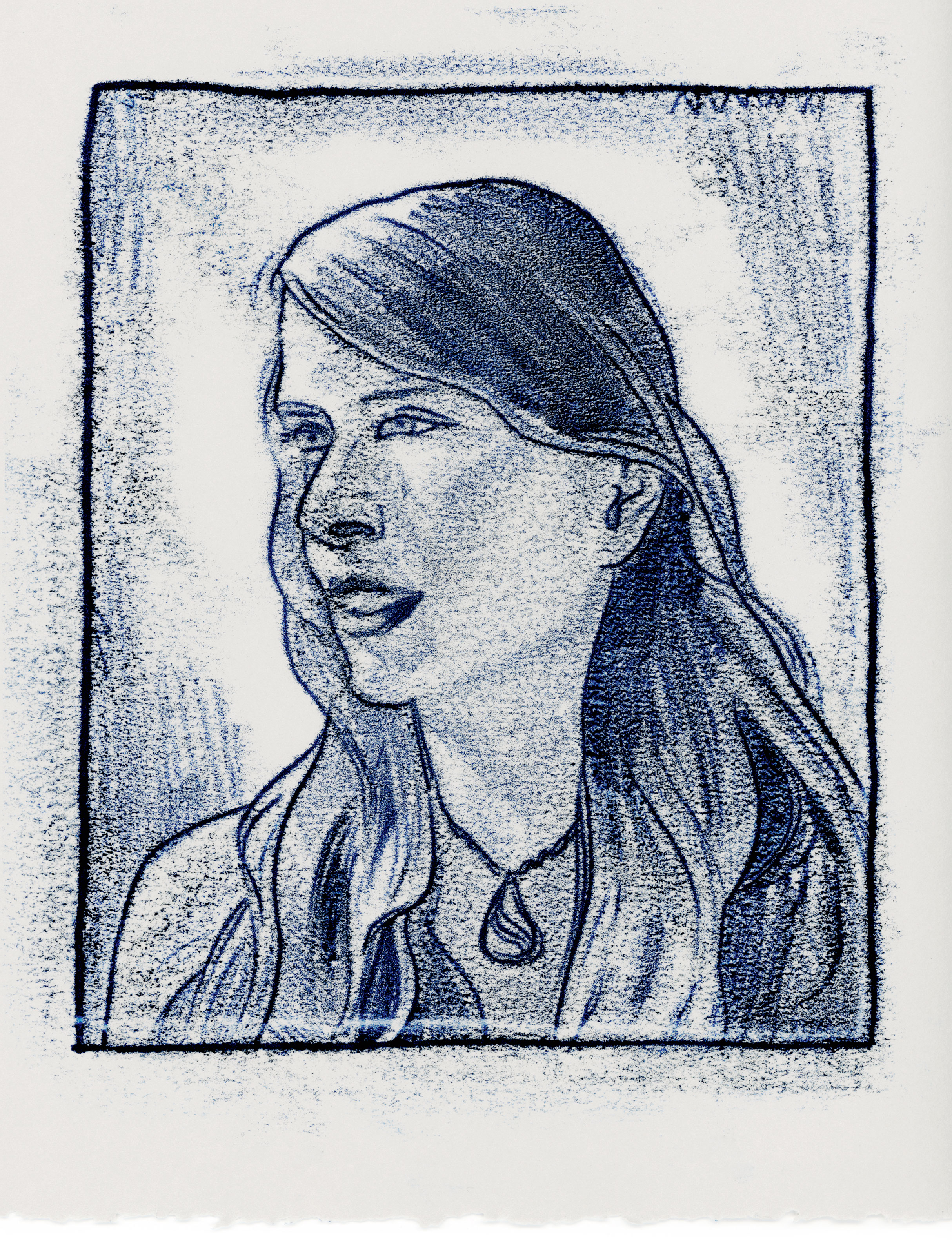
Sometimes you need to shake things up with your pencil drawings, and let go of the impulse to do too much. One of my favourite ways to do this is by creating transfer drawings, also known as trace monotypes. With this printmaking technique, you can transform an ordinary sketch into something almost nostalgic, with a gritty texture and bold contrast.
The monotype process creates one print, with the potential for a second variation of that print, but no more. So, in many respects it is similar to a singular drawing, and could be used to make one-off prints such as vintage posters, for example.
With a piece of paper placed against an inked plate, you can create a drawing, and through pencil pressure, ink is transferred as a print. I prefer to draw directly on the paper without a sketch, letting the lack of safety net focus my attention on each line and mark I make. It’s always surprising to see the results when the paper is pulled off the plate!
For another traditional print technique, see our post on lino printmaking.
01. Create an even ink layer
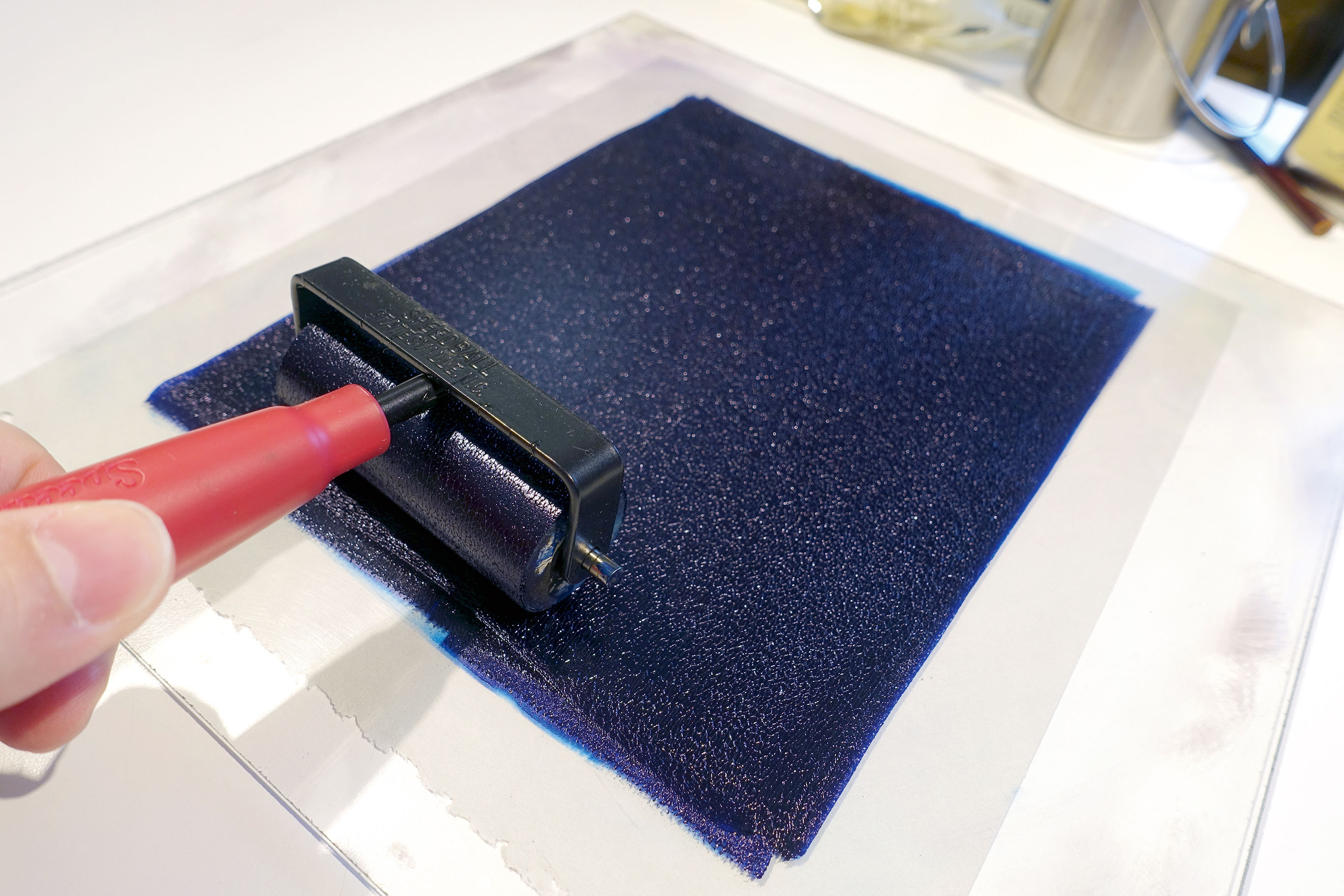
Using a brayer, roll out a small amount of oil paint or etching ink so that it evenly covers an area of a sheet of Plexiglass, or metal etching plate. It will take some experimentation to achieve the right amount of paint on the surface, as different media vary in consistency. A heavy layer will bleed when printed, overwhelming any detail or subtlety. For this print, I rolled out an amount of oil paint about the thickness of a 10p piece or US quarter, just less than 2mm.
02. Prepare the paper
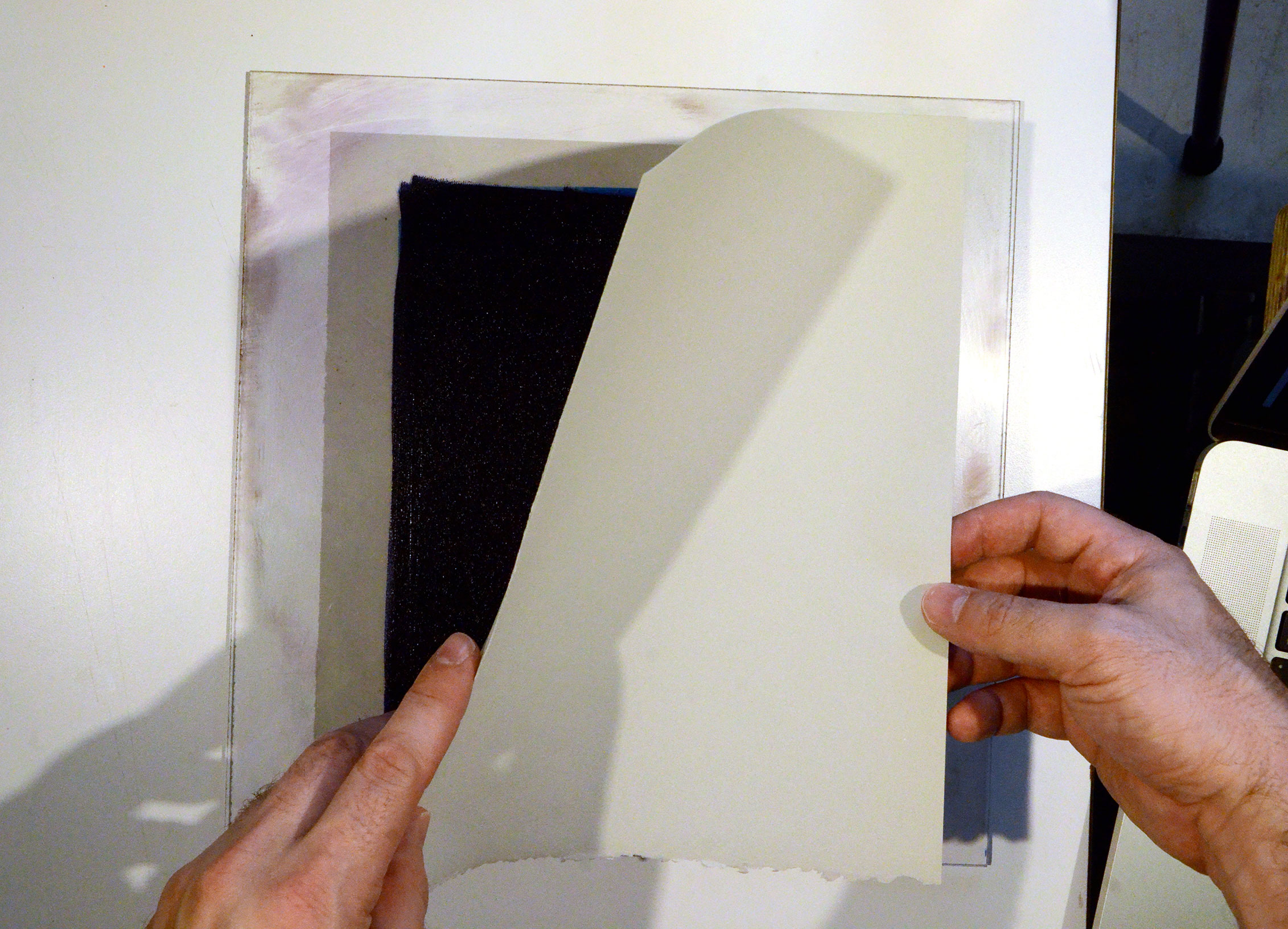
Using a spray bottle of water, gently spray the front of the printmaking paper. Do not soak the paper, you want to create a thin mist. Blot the surface with a paper towel to remove any excess water. A damp surface will help you achieve consistent coverage, especially if you’re using thicker paper. Thinner paper such as Japanese rice paper is better printed dry. Gently place the wet side of the paper on the inked Plexiglass, being careful not to press down anywhere.
03. Start drawing
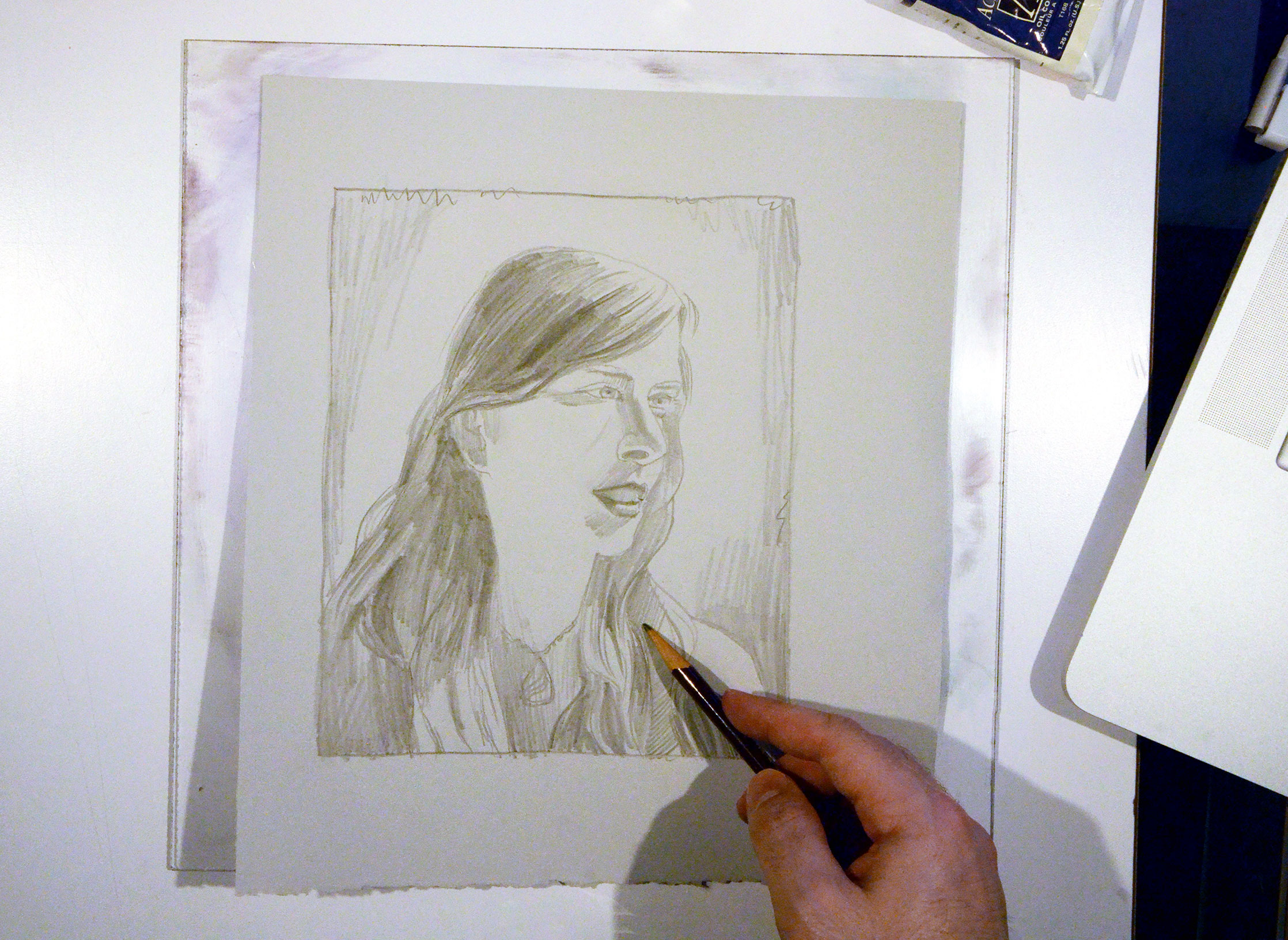
Draw directly on the back of the printmaking paper. Alternatively, a premade drawing, or even a photograph, can be placed on top and traced. Everywhere that pressure is applied to the paper will transfer ink, so avoid resting your hand on the surface while working. Varying pressure will also affect the amount of tone that is transferred.
Get the Creative Bloq Newsletter
Daily design news, reviews, how-tos and more, as picked by the editors.
Create softer edges and gradients by rubbing the surface with your fingers, moving to a fingernail or pencil for sharper edges and lines. You can use hatching or scribbling for compositional interest. Carefully lift an edge of the paper and check how the transfer is developing, adding more marks as needed.
04. Leave to dry
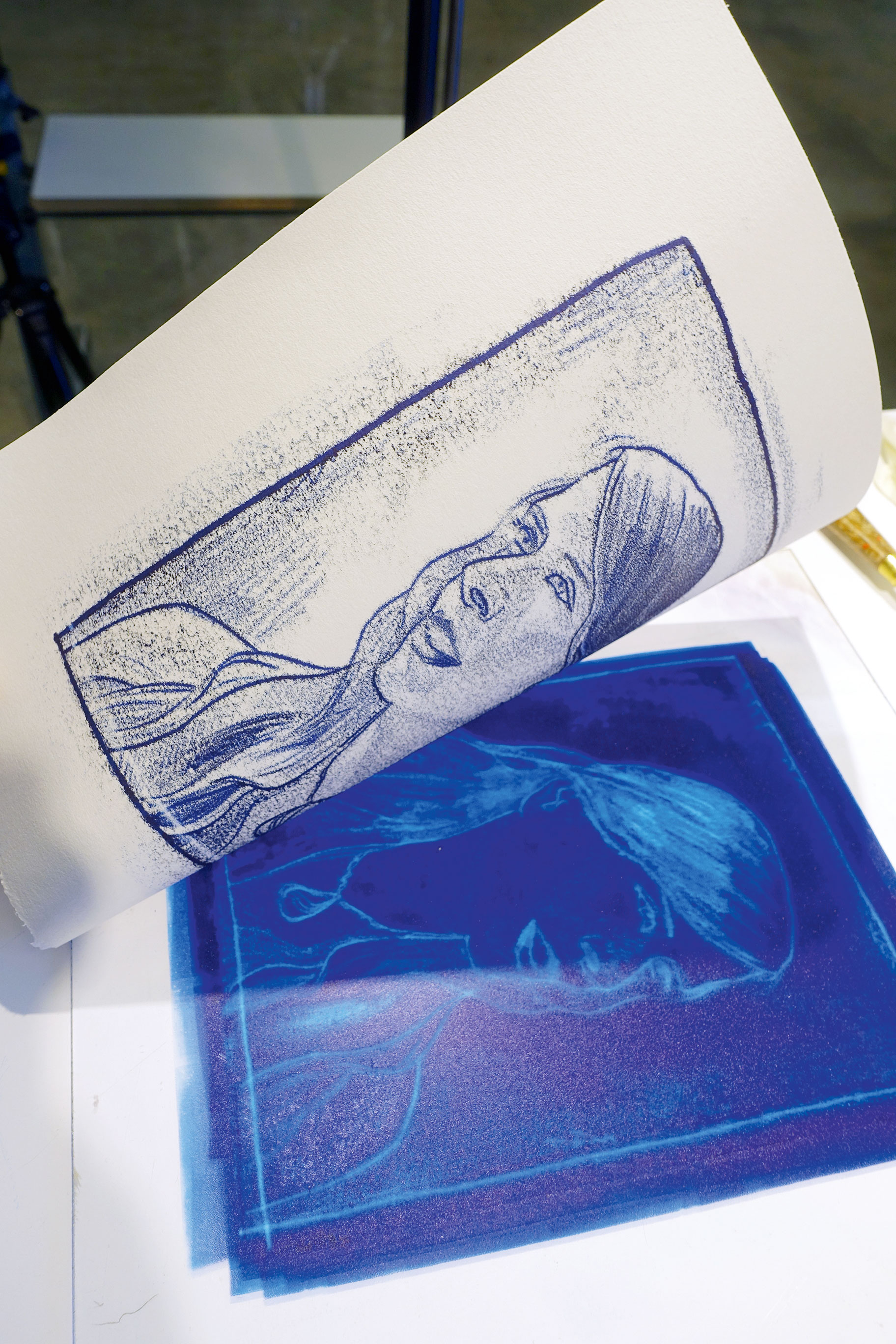
When the drawing is finished, lift the paper completely off the Plexiglass and leave it to dry flat. The leftover ink on the plate is a negative version of the drawing and can be used to create a second print. To do this, place another sheet of dampened paper on the Plexiglass, and rub the surface of the paper with a wooden spoon to transfer the remaining ink.
This article was originally published in Paint & Draw magazine.
Related articles:

Thank you for reading 5 articles this month* Join now for unlimited access
Enjoy your first month for just £1 / $1 / €1
*Read 5 free articles per month without a subscription

Join now for unlimited access
Try first month for just £1 / $1 / €1

